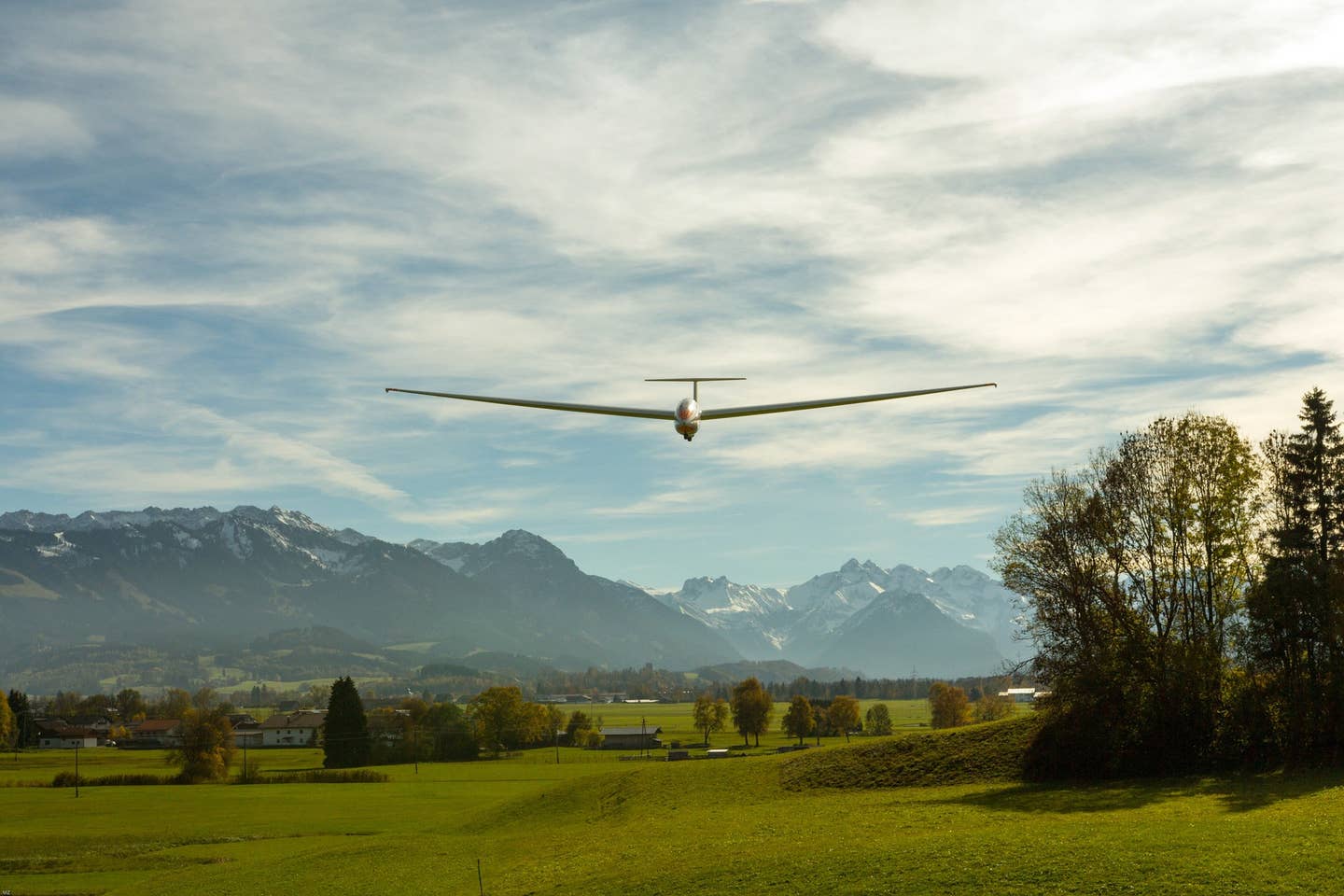
Soaring exposes you to the magic of flight using only nature’s power, and often in stunning locations. Pixabay
Learning to fly gliders introduces you to flight without relying upon an engine—in general terms. A glider is typically shaped like an airplane but with wings that have a higher aspect ratio (meaning they're longer and thinner) in order to maximize the glider's advantage using lift. Glider categories sort into self-launch or motorgliders, aero-tow, or winch-launch. Sources of lift for a glider include thermals, ridge lift, and wave lift.
A person can solo a glider at a younger age—14 years old in the United States—than is true for powered aircraft. Combined with the benefits of learning to fly using soaring techniques, and how well they apply to all kinds of flying, this makes glider flying an excellent way for a young person to start if they’re interested in learning to fly.
Glider pilots also compete internationally in various contests, divided by class and into aerobatic and distance/time regimes. The competitions and awards system provides incentive and motivation to increase a pilot's skill level once the initial rating has been achieved.

Sign-up for newsletters & special offers!
Get the latest FLYING stories & special offers delivered directly to your inbox






